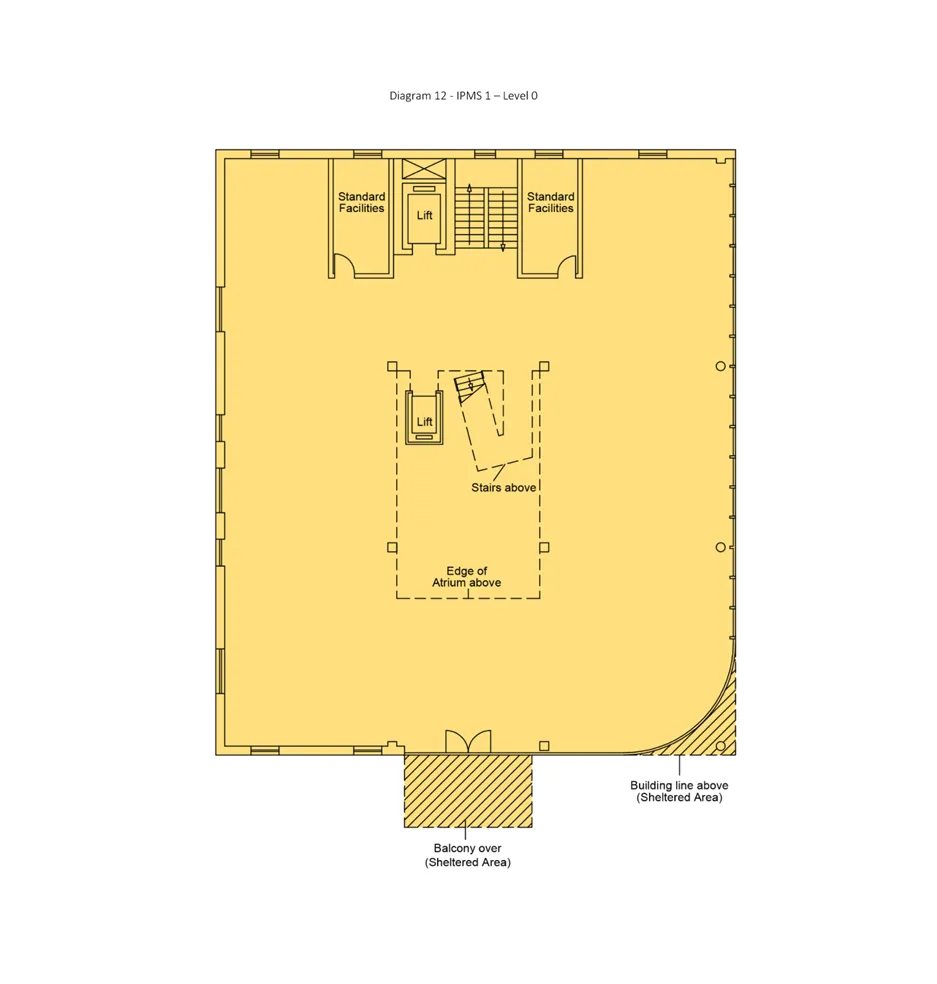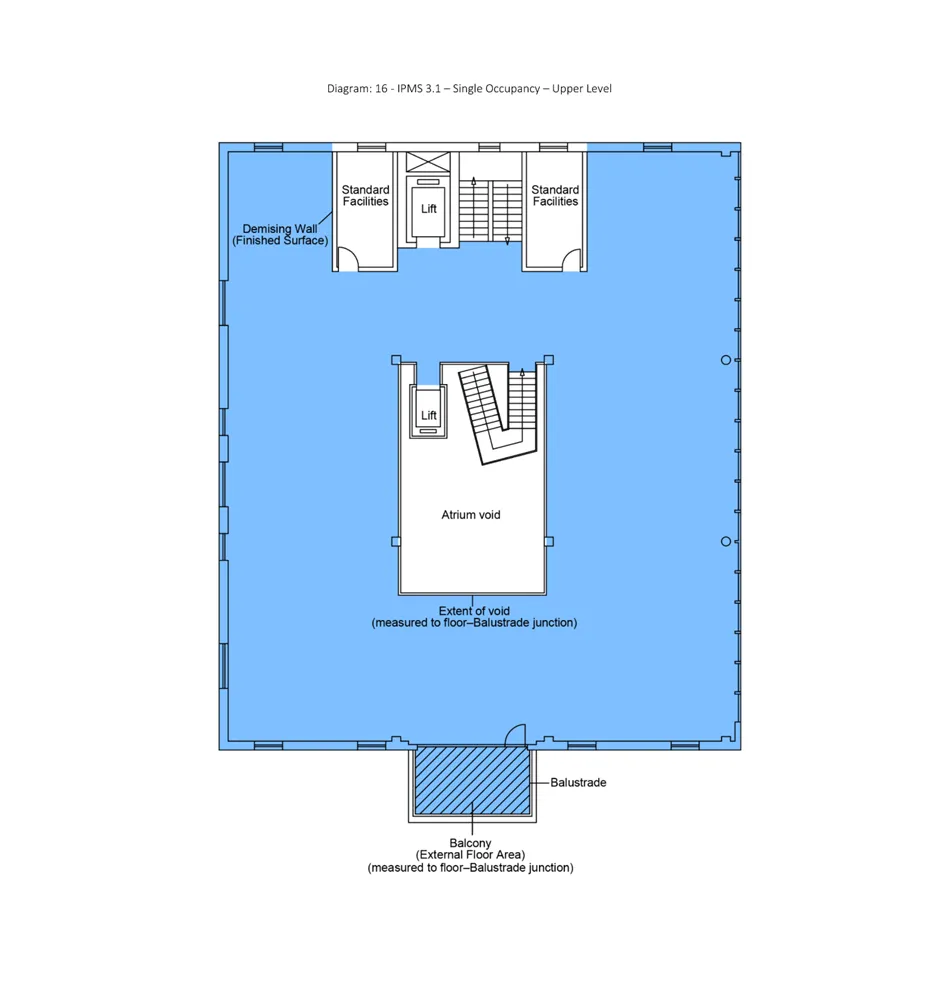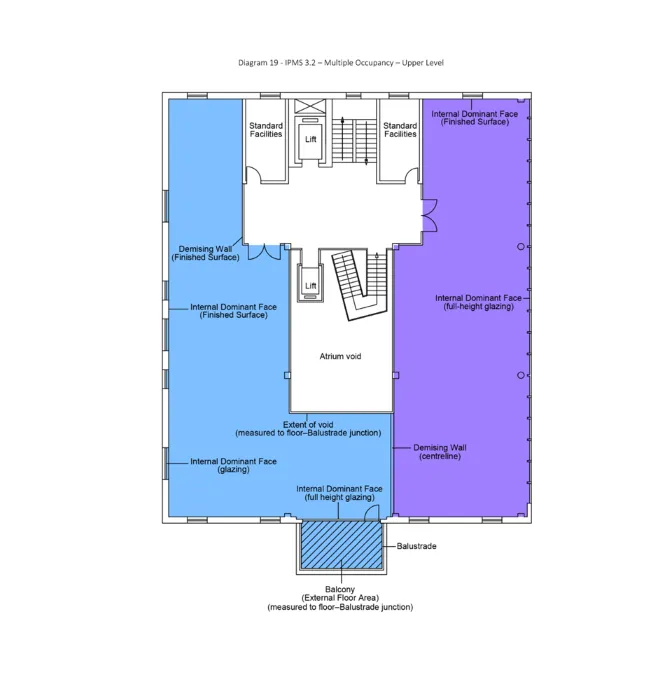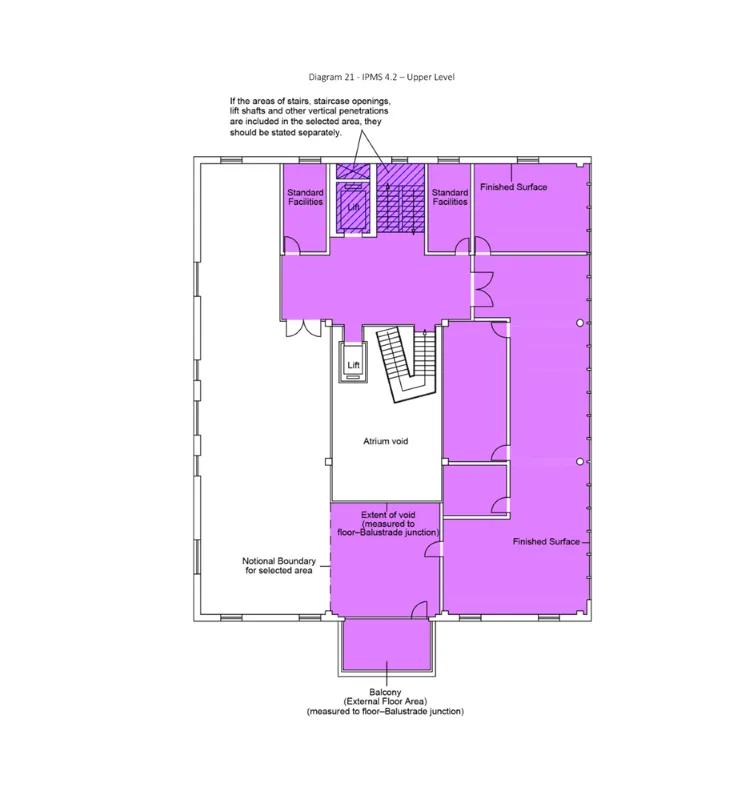IPMS Survey
Conducted in line with the International Property Measurement Standards, our IPMS surveys provide consistent, transparent area data — helping you benchmark, lease or report space using a globally recognised system.
Made for Global Consistency

Get Your IPMS Survey Today
Reach out to the team directly and we’re happy to help.
IPMS-Compliant Surveys for Consistent Global Reporting
At GeospatialWorx, we provide IPMS (International Property Measurement Standards) surveys that deliver consistent and transparent area measurements across global property portfolios. By following the internationally recognised IPMS framework, we help clients, investors, and valuers compare properties anywhere in the world with confidence and accuracy.
What Is an IPMS Survey?
An IPMS survey measures and documents floor areas according to the International Property Measurement Standards, a set of globally accepted guidelines designed to create uniformity in how property spaces are measured and reported.
Unlike regional frameworks such as the PCA Method of Measurement, IPMS ensures that the same property would produce the same area result — no matter who measures it or in which country it’s located.
Why Use IPMS Surveys?
- Global Standardisation – Ensure all your assets are measured under the same internationally recognised rules.
- Investor Confidence – Provide transparent, comparable data for global property stakeholders.
- Regulatory Alignment – Meet international reporting and valuation standards with audit-ready documentation.
- Cross-Border Consistency – Ideal for multinational landlords, developers, and asset managers.
- Accuracy You Can Trust – Each survey is carried out with precise measuring technology and verified methodologies.
Our Process
1. Site Measurement
We capture detailed measurements using advanced 3D laser scanners and total stations, ensuring millimetre-level precision.
2. Plan Drafting & Area Calculation
Basic floor plan is drafted up allowing lettable areas to be calculated and categorised under the appropriate IPMS standard.
3. Verification & Compliance
Each survey is reviewed to confirm alignment with the IPMS standards and client-specific requirements.
4. Delivery
Final deliverables supplied in PDF including a basic floor plan, lease line nominateions and an area schedule withh a statement of compliance to the IPMS.
Made for
- Developers and Investors – Compare lettable and usable areas consistently across international portfolios.
- Portfolio & Asset Managers - One measurement language accross regions.
- Property Managers – Maintain unified records that meet both local and global measurement standards.
- Valuers and Consultants – Produce reliable reports backed by verified, globally recognised data.
Technology We Use
- Leica 3D Scanners
- Topcon Total Stations
- BricsCAD
Deliverables - Report Inclusions
- IPMS-Compliant Floor Plans
- Area Summary Tables by IPMS Type
- Identification of lease boundaries and their definitions
- Statement of IPMS Compliance
GeospatialWorx delivers IPMS surveys that make global portfolios comparable, auditable, and investor-ready — ensuring every m² is counted the same way everywhere.
Get Your IPMS Survey Today
Reach out to the team directly and we’re happy to help.
Frequently Asked Questions
When would i need an IPMS Survey?
When to choose IPMS vs PCA?
PCA - when the deliverable must satisfy Australian leasing or valuation clauses tied to PCA.
(We can produce both sets in one workflow if you need dual reporting.)
How many IPMS classes are there, and what are they for?
IPMS 2 – Whole building measured to the internal extent of the Internal Dominant Face (IDF).
IPMS 3.1 / 3.2 – Exclusive occupation areas for a tenant/owner: 3.1 measured externally; 3.2 measured internally to the IDF.
IPMS 4.1 / 4.2 – Selected parts of a building: 4.1 includes walls/columns; 4.2 excludes them.
Which IPMS class should i choose?
How are base-building amenities treated in IPMS?
How widely is IPMS used?
How long has IPMS been running?










